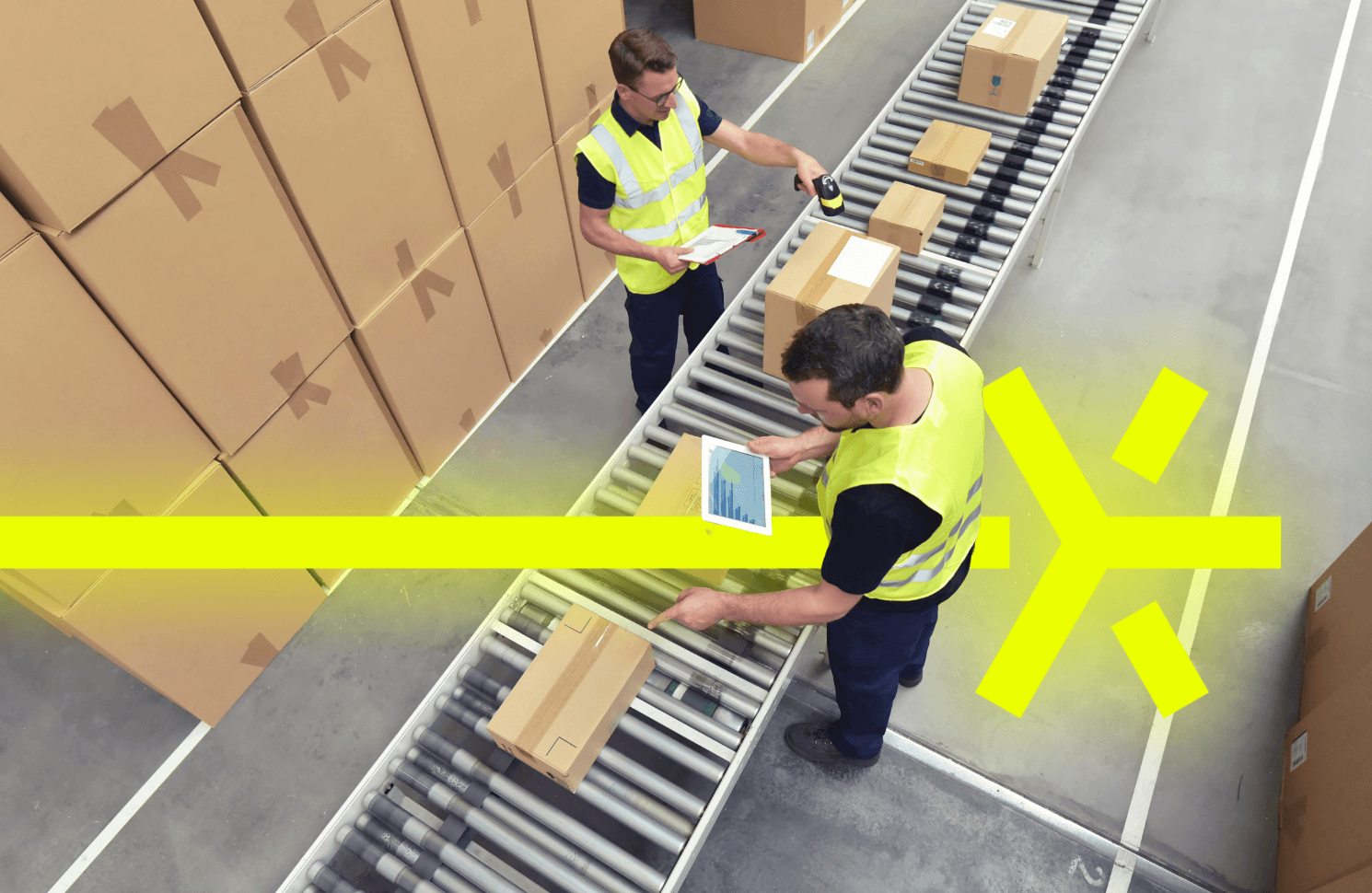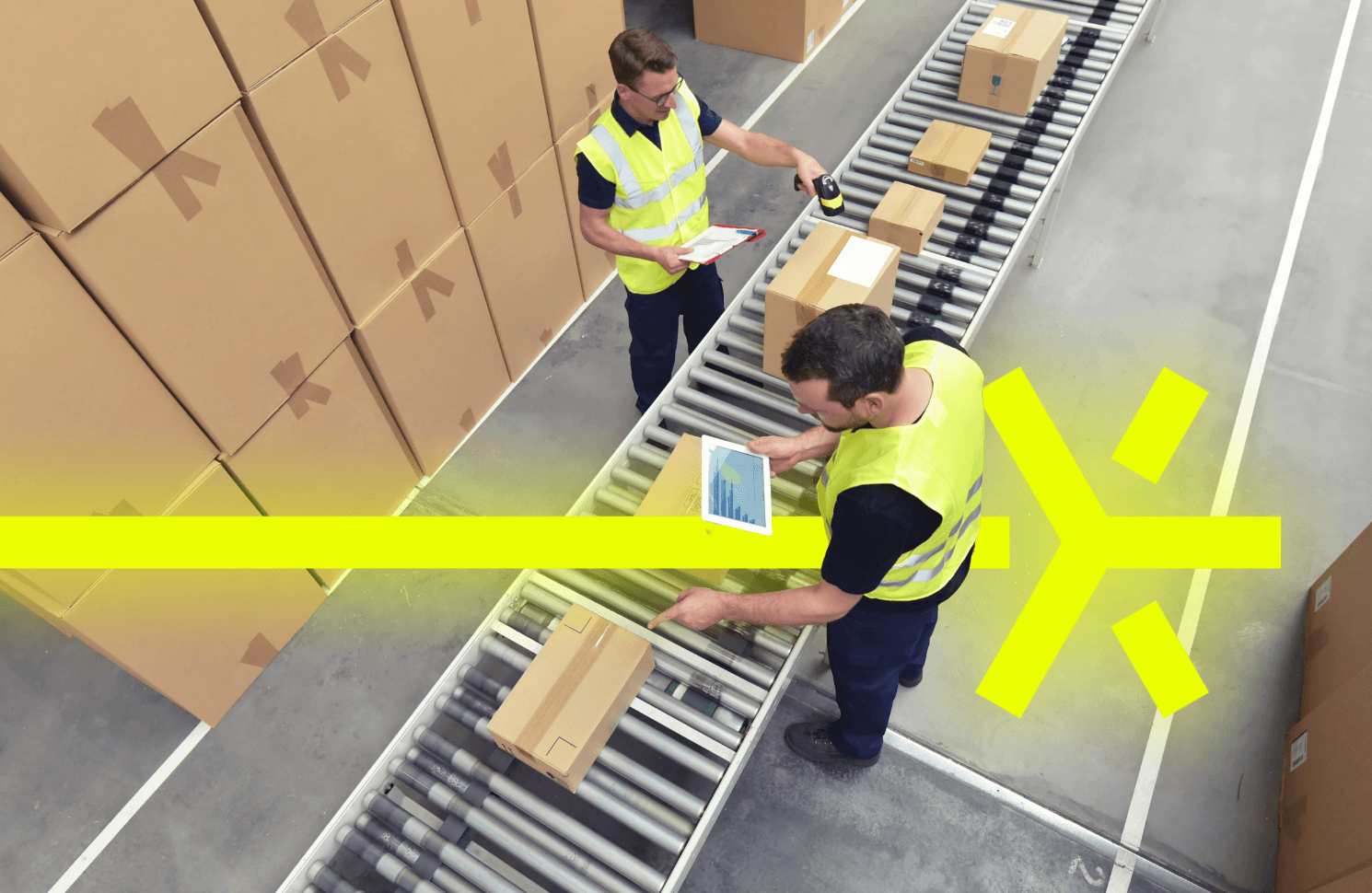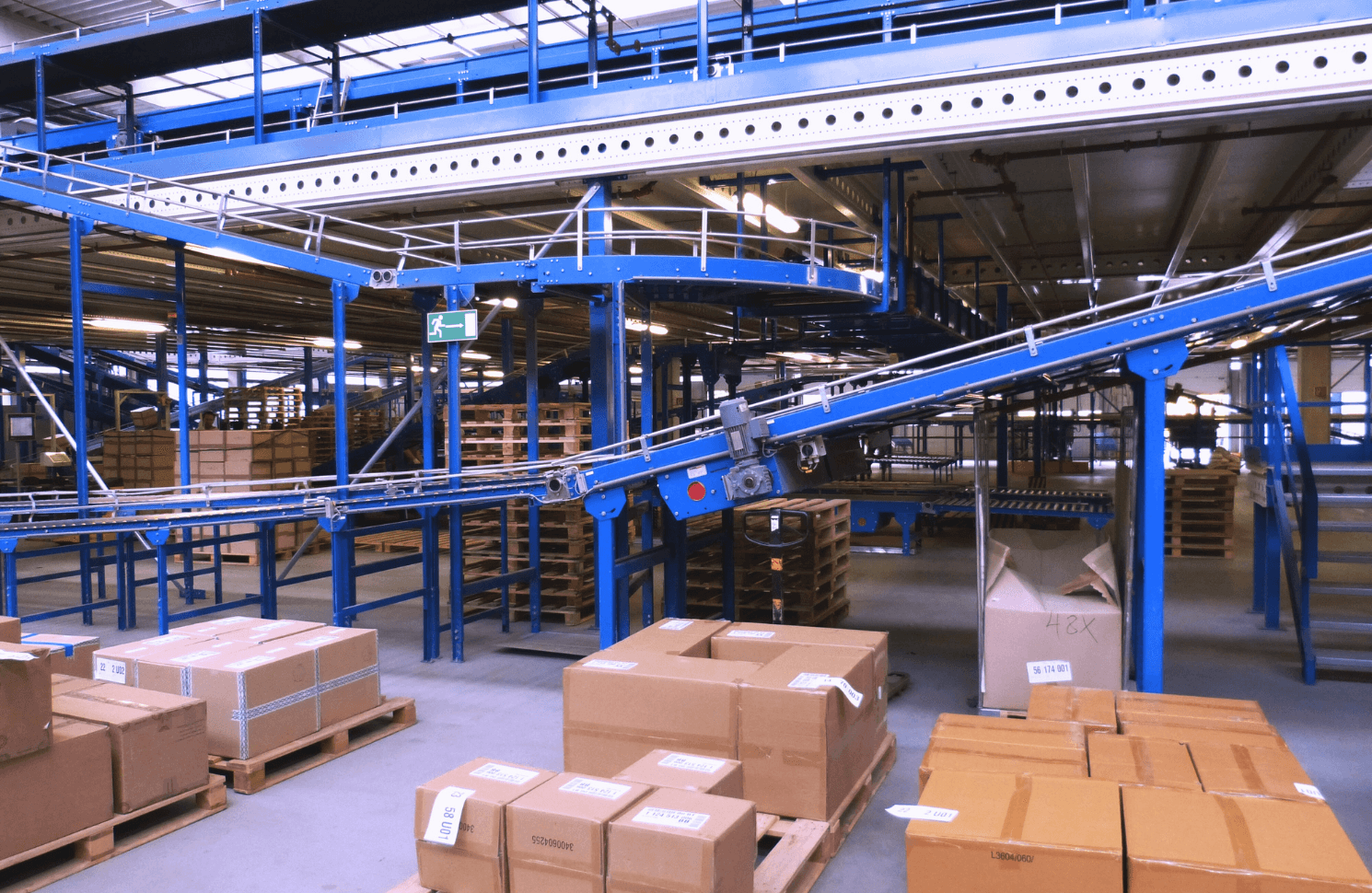

How CIOs are scaling warehouse IT without growing their teams
JUN. 16, 2025
4 Min Read
When warehouse IT teams are small but demands are high, throwing more bodies at the problem won’t help, but smarter systems must.
Small teams juggle endless support tickets, patch cycles, and outdated software even as budgets rise, and surveys show up to 60% of their time is eaten up by legacy system maintenance. This leaves almost no room for innovation. The only way out is cloud-native, plug‑and‑play platforms that automate routine work and connect systems out of the box. Such platforms offload the “heavy lifting” of automatic updates, scalability, and built-in integrations. So your CIO can focus on outcomes (faster decisions, better insights, lower costs) instead of break‑fix firefighting.
Key takeaways
- 1. Small warehouse IT teams are stuck maintaining fragmented systems instead of delivering innovation.
- 2. Cloud-native platforms reduce manual work through automated updates, scalability, and centralized governance.
- 3. Integration-ready systems allow faster connections across WMS, ERP, and other tools without custom coding.
- 4. CIOs benefit from faster project delivery, lower support costs, and stronger alignment between IT and operations.
- 5. Smarter infrastructure lets small teams scale impact without expanding headcount or sacrificing control.
“Small teams juggle endless support tickets, patch cycles and outdated software even as budgets rise.”
Why small warehouse IT teams are stuck in a support spiral

Warehouse IT teams often handle everything from core maintenance to user support, keeping them in a perpetual reactive mode. They juggle unplanned outages, urgent security patches, and manual data transfers, yet must still deliver new features. For many companies, even the best in-house IT teams have reached their limits; they lack the expertise or bandwidth to keep up. The result is a growing backlog and mounting technical debt.
- Fire‑fighting overload: Staff spend hours resetting passwords and fixing hardware; support tickets dominate.
- Frequent patches: Security patches, OS updates, and firmware upgrades are constant tasks that must be done on schedule.
- Fragmented systems: New tools often must connect with older WMS and ERP systems. Building custom links between them is complex and time-consuming.
- Manual workflows: Inventory, order, and reporting data often move through spreadsheets or scripts, leading to delays and errors.
- Innovation stall: Since so much IT effort goes to maintenance, new initiatives repeatedly slip.
- Ticket backlog: Unresolved issues pile up, keeping operators waiting and creating more emergencies.
This endless support spiral forces CIOs into a lose-lose: neglect upkeep and risk downtime, or delay innovation and let competitors pull ahead. Legacy systems breed technical debt, and integration projects stall due to a lack of in-house expertise. The solution is to give your team cloud-native tools that handle routine work and seamlessly link your systems. That frees IT to focus on strategic initiatives instead of firefighting.
Take your warehouse IT from firefighting to future-ready.
How cloud-native tools reduce lift without compromising control
Cloud-native platforms relieve IT of many operational chores while keeping governance firmly in hand. Industry analysts predict that by 2027, 80% of warehouse management solutions will be cloud-native, underlining the shift. By adopting these tools, your team can offload server maintenance, backups, and patches to the provider. Instead of scheduling manual updates or hardware overhauls, IT can let the platform handle it automatically.
- Automated maintenance: Cloud services manage updates centrally. When your vendor updates a WMS or other app, every site gets the new version instantly – no IT downtime needed.
- Elastic scalability: A cloud-native system scales resources automatically. It adds capacity during peaks and scales back in quiet times, so you only pay for what you use.
- Built-in security and compliance: Cloud platforms include advanced security by default. Encryption, multi-factor authentication, and compliance checks are handled by the provider, not your staff.
- Unified administration: IT gets a single dashboard to monitor all warehouse systems. Role-based access and logs ensure CIOs retain full oversight even as routine work happens automatically.
- Resilient operations: High-availability infrastructure minimizes downtime. Background backups and failover mean a hardware failure or site outage won’t knock out your entire system.
Together, these cloud-native capabilities remove the operational weight from your team’s shoulders. You gain the agility to deploy features rapidly (improving speed to market) without creating shadow‑IT. Yet governance stays strong with centralized monitoring and built‑in controls, you maintain compliance, security, and visibility at all times.
Why integration-ready platforms create immediate impact
Connecting disparate systems quickly often makes or breaks a warehouse IT project. Data silos remain a challenge for 90% of organizations, with nearly 9 in 10 IT leaders naming integration issues as a top blocker. Integration-ready platforms change the game by providing pre-built links for common warehouse applications and devices. New software can share data almost immediately. No surprise, Gartner reports the iPaaS (cloud integration) market has surged past $9B and will reach $17B by 2028, which speaks to how critical seamless connectivity is.
- Plug-and-play connectors: Many warehouse apps (WMS, ERP, TMS, barcode scanners, IoT sensors) have ready-made connectors. This avoids weeks of custom coding just to get systems talking.
- Centralized data: The platform unifies data from all systems into a single view. Managers see inventory, shipments, and staffing on one dashboard, so decisions happen with up‑to‑date information.
- Workflow automation: Routine processes (reordering stock, issuing maintenance tickets, alerting on delays, etc.) run automatically across systems instead of relying on manual handoffs.
- Rapid deployment: Onboarding a new system or device can take days, not months. Select its connector, map the fields, and you’re live almost immediately.
- Reduced errors: Standardized data exchange greatly cuts manual-entry mistakes. The result is cleaner inventory counts and fewer unexpected outages (and therefore far fewer emergency fixes).
- Enterprise governance: Built-in security and error-handling mean new connections comply with IT policies and audit requirements by default.
By combining these capabilities, you unlock immediate time-to-value. A small IT team can wire up systems in hours, unleashing real-time order and inventory visibility. Support tickets drop, and operations run smoother. Crucially, CIOs start measuring ROI almost immediately: faster rollouts and fewer errors translate directly into saved hours and lower costs.
What smarter systems unlock for CIOs and operations alike

When IT teams shed routine burdens, everyone wins. The first payoff is faster, data-driven decisions. Automated data pipelines and dashboards update in real time, letting you adjust staffing or reorder parts on the fly instead of reacting to old reports. This agility boosts productivity and cuts labor costs by eliminating manual bottlenecks. And with AI-ready infrastructure in place, these systems can evolve from reactive to predictive, forecasting demand shifts, equipment failures, or staffing needs before they happen.
Accelerated time to market
Smart systems let you pilot new processes and tools without lengthy IT projects. You can roll out automation, analytics, or other features quickly and beat competitors to market. Faster delivery of new capabilities keeps the business agile and competitive.
Lower ongoing costs
Cloud-native platforms follow pay-as-you-go pricing, so you avoid large hardware or custom development costs. Operational expenses fall too: fewer support tickets and less maintenance mean direct savings. Over time, this translates into higher ROI on every IT dollar.
Focused innovation
With manual workloads offloaded, your IT team can focus on high-value projects that drive revenue (like advanced analytics or robotics). Instead of maintenance mode, IT becomes an enabler of innovation, boosting morale and demonstrating technology’s impact on growth.
Future readiness
Modern platforms are built to evolve. Plug-and-play integrations mean the system can adapt to new requirements without starting from scratch. Your warehouse IT will always be ready for the next challenge, whether it’s AI-driven forecasting, advanced sensors, or anything new that comes along.
With these advantages, warehouse IT shifts from a bottleneck to a strategic asset. Operations enjoy smoother workflows and maximum uptime; CIOs deliver projects faster; and leadership has clear, data-driven results. Technology becomes a true business enabler, helping the company adapt and grow.
Lumenalta’s cloud-native approach to smarter warehouse IT
When these outcomes are unlocked, CIOs need the right partner. Lumenalta’s cloud-native platform has built-in connectors and integration logic that dramatically cut deployment time. Instead of building custom bridges, your IT staff can link systems with a few clicks. The result is a plug-and-play environment that delivers value to operations teams.
With the platform handling the heavy lifting, CIOs can focus on strategy rather than break/fix. Your team gains faster insights and fewer support tickets. This delivers measurable improvements: quicker projects, lower support costs, and a flexible architecture ready for future growth. That’s the advantage of smarter systems for warehouse IT. It’s how technology becomes a true business enabler, delivering measurable outcomes your business demands.
Table of contents
- Why small warehouse IT teams are stuck in a support spiral
- How cloud-native tools reduce lift without compromising control
- Why integration-ready platforms create immediate impact
- What smarter systems unlock for CIOs and operations alike
- Lumenalta’s cloud-native approach to smarter warehouse IT
- Common questions
Common questions
How can I improve warehouse IT efficiency with a small team?
What systems help warehouse CIOs scale without expanding headcount?
How do I connect my legacy WMS to new systems without custom development?
Why is cloud-native architecture important for warehouse operations?
What measurable impact should I expect from warehouse IT modernization?
Take your warehouse IT from firefighting to future-ready.








